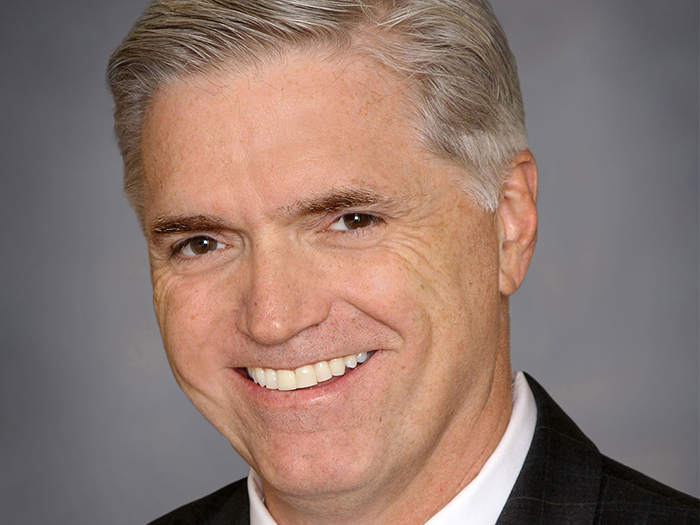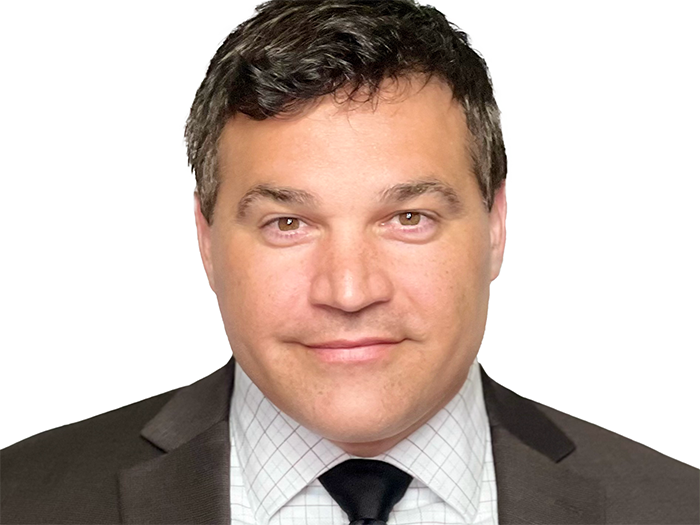Alternative Energy
New Policies Fill Gaps in Green Energy

Ambitious underwriters are learning to make hay while the sun does not shine. And when the wind does not blow, and the rain does not fall on watersheds.
For years, the intermittent nature of nature vexed the green energy industry. Until recently it was addressed as a technical problem of storage and backup generation.
But recently, several insurers developed coverage that offer a financial recovery approach. To be sure, the demand is coming primarily from lenders and capital investors that back green power projects. The effect, if the markets grow, will be to help normalize both power and profitability.
While the mechanisms for the new programs are new, financial weather instruments are not, said Michael J. Perron, senior vice president for Northeast property placement at Willis Towers Watson, and a 2016 Risk & Insurance Power Broker® in the alternative utilities category.
“Wind productivity was down over the last couple of years, and banks are requiring some type of protection from insureds. The industry has these wind curves and they are just not performing.”
Generators themselves are not yet asking for coverage, said Perron, “but banks are saying, ‘your charts are nice but we need protection.’
“Risk managers at the generators may feel very comfortable with the long-term performance, but banks are asking for more. In some cases the lenders or investors are named as loss payee.”
In general, Perron said, the new demands from backers and the coverage being offered to meet them is beneficial in direction, if not always in degree.
“We do push back on occasion,” he said.
Using an analogy from earthquake coverage, he noted that “we had one client for which the bank demanded $100 million of protection. We modeled the case and found that the 500-year event would cost $20 million so we suggested buying $35 million in coverage.”
Weather Risk Transfer
Underwriter GCube brought its “weather risk transfer mechanism” to North America to respond to “increasing demand from U.S. project-financed wind operators, notably those refinancing or going through acquisitions,” the company stated.
“Utilities and independent power producers have directly cited below-par wind resources as a contributing factor to net losses in 2015 and the first quarter of this year,” it said.
“This financial underperformance, if left unchecked, threatens to undermine the reputation of wind energy as a low-risk, reliable investment — particularly with the emergence of new investors with less tolerance to lower returns.”
“There can be a straight trigger payment, or more complex arrangements more like a cash flow swap or collar.”– Bill Hildebrand, executive vice president, GCube
The basic concept, said Bill Hildebrand, executive vice president of GCube Insurance Services, is a contract with wind or hydro power generators. If the wind or rain is insufficient for the generators to provide the power that they have contracted to deliver, then parametric triggers would result in a payment under the contract.
“We are seeing increased requirements from insureds on behalf of their capital providers for revenue certainty,” said Hildebrand.
“At the same time, we have had carriers come to us with contracts they would like to distribute. Weather insurance has been around for a long time with the same interest in consistency and smoothing of revenue. What is new is this type of flexible contract that we are bringing on behalf of the capacity behind us.”
GCube is using Lloyd’s syndicate papers for backing. As a result contracts can be made on different terms.

Bill Hildebrand, executive vice president, GCube Insurance Services
“There are options,” said Hildebrand.
“There can be a straight trigger payment, or more complex arrangements more like a cash flow swap or collar.”
The contracts are being offered only to wind and hydro generators, not solar at this point. That is for two reasons: Solar has not seen the dips that the other green energy types have, and because the performance data on solar is not as extensive.
Early in May, a consortium of carriers executed a 10-year proxy revenue swap with a large U.S.-based wind farm. The arrangement allows for hedging wind volume risks for wind farms, to try to ensure stable revenues despite uncertainty of intermittent wind.
Advances in risk modeling and maturity of risk appetite were credited with making the deal more long-term in scope.
The 10-year agreement is designed to secure long-term predictable revenues and mitigate power generation volume uncertainty related to wind resources for the 100-plus MW farm.
But solar is not being neglected. Early in May, specialty insurer Sciemus launched a policy to protect the owners of solar farms against a lack of sunlight.
The policy pays if levels of sunshine fall below an agreed amount, and it is available as a hedging instrument for solar farm operators for up to 10 years.
Other lack of sun insurance schemes are available, but they are tied into property damage programs, experts said. The Sciemus insurance can be purchased as a stand-alone.
The insurance is index-linked and pays a fixed price per unit of lost sunlight at the end of each 12-month period. It is calculated on the sunlight either at the solar farm or at the nearest weather station.
The coverage is available in Europe and North America, and Sciemus plans to roll it out into the Middle East and North Africa later this year.











